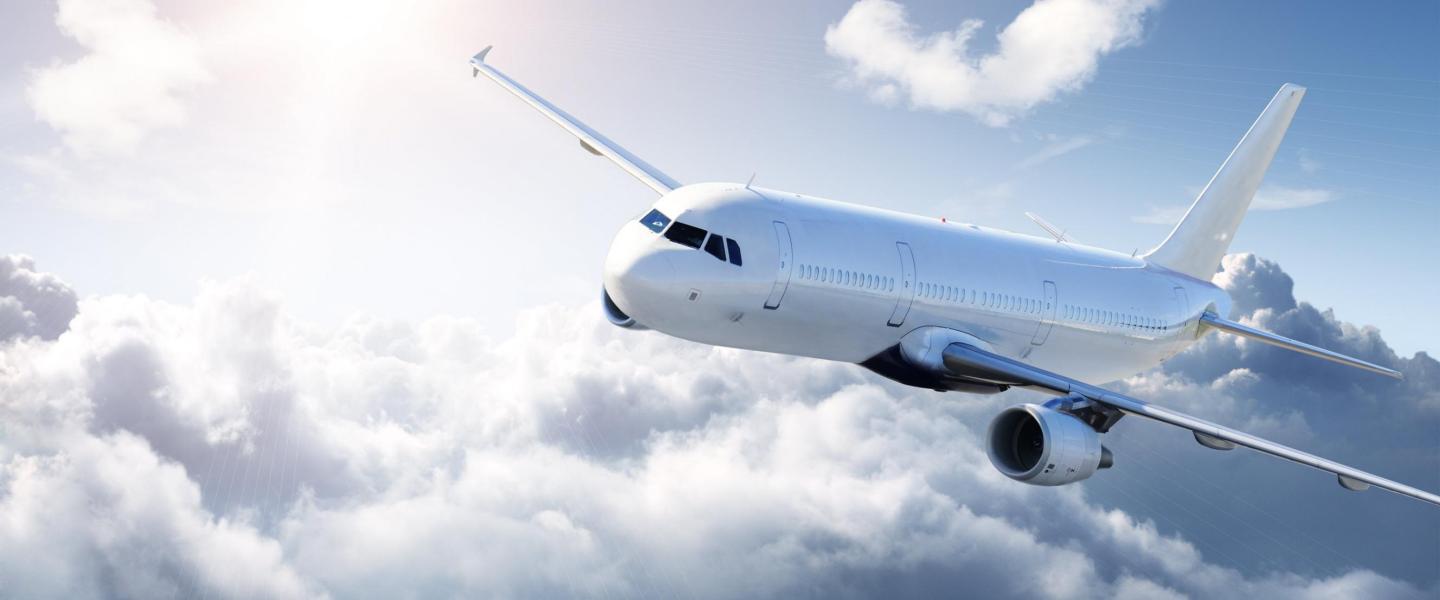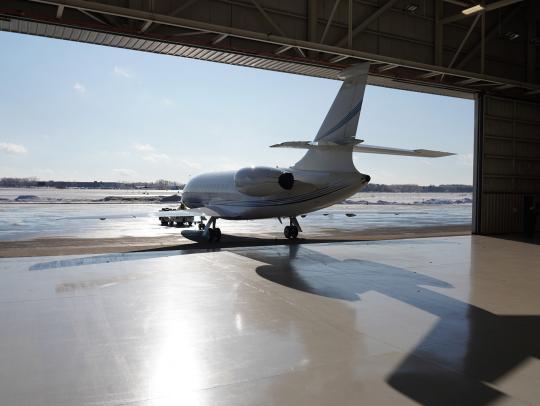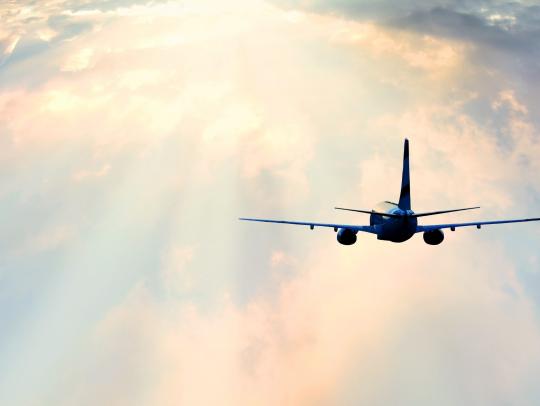Seamlessly connected in the air, from cockpit to cabin

How satellite connectivity is transforming the airline industry and the travel experience
When the dream of connectivity in the skies became a reality in recent years, little did airlines know this could drastically change the way they operate.
After all, who would have thought that connectivity would empower pilots to get rid of their antiquated briefcases loaded with flight-related reports, and embrace electronic flight bags? These devices, which are in turn, connected via a dedicated, secure network to real-time updates on the weather and airport conditions, are also enabling pilots to make informed flight path decisions that will result in fuel optimisation.
This is just a sliver of the connectivity pie and how its usage is ramping up from cockpit to cabin. Today, the nose-to-tail connected aircraft solutions focus on serving three main areas: pilots, maintenance & operations, and passengers.
Optimising the flight route
Thanks to reliable satellite connectivity, flight operational efficiency is enhanced. The connected cockpit can now receive real-time updates on the weather and airport conditions, but also information from the aircraft such as speed and wind, among others. This allows pilots to adjust the flight plan accordingly and avoid turbulence and storms, cutting delays like never before, saving fuel and offering a better passenger experience.
Streamlined operations
Airlines are increasingly utilising satellite communications to remain connected to its operations centre on the ground, enabling seamless exchange of information and data, not only for flight optimization but also for maintenance and operations.
This real-time data collected from the plane will allow the ground staff to already ready the technical teams for any form of maintenance work before it lands, saving precious analysing time when the aircraft has landed at the airport.
Additionally, in case of bad weather conditions at a hub airport, the analyst can check how much fuel is left or if there is any maintenance issue, before rerouting the airplane accordingly.
This type of information also gives a key advantage to optimise the load on the aircraft to boost fuel efficiency. For example, passengers can order – while in the air – duty-free products online, which will then be prepared during the flight and readied for pick-up when the passengers land.
Using the connected aircraft to save just 1% fuel consumption, the aeronautical industry could save billions.
Providing passengers with “always connected” experience
But perhaps the most important of all, airlines want to provide the best quality of experience and service to their passengers.
And passengers these days don't just want good flight food, comfortable seats and a wide array of airline-provided entertainment. After being accustomed to the connectivity on land, they want to have the same experience even when they are flying at 35,000 feet crossing the Atlantic Ocean. They want to continue their online shopping, their video streaming, their email checking, their travel planning – with no interruption.
Always-on connectivity is now a must. The key question is how this connectivity provided via satellite can be fitted with the airlines' business models. Should airlines only offer connectivity on long or short haul? Do they allow connectivity on seatback systems or on passengers' own devices? How should they charge passengers? Should they partner with shopping sites or video platforms to provide better services?
Debates are on-going, and take rates are volatile, depending on these factors – they can vary from 4% for a pay model to 40% when the service is free. Some airlines are already looking into teaming up with video platforms to offer streaming services.
As more questions keep surfacing, it is increasingly clear to the industry that not one model fits for all. Because every airline needs to balance the passengers’ expectation, the actual demand, and the right business model for a successful offering, each one needs scalable, flexible satellite solutions.
Serving all the major integrators and their airline customers, SES’s extensive and diverse fleet and our dedicated mobility beams across continents and trans-oceanic flight paths provide reliable and seamless coverage. Thanks to our flexibility and ability to optimize custom solutions to match each flight path requirements, SES helps airlines reach new heights of passenger’s travel experience in the air and operational efficiencies.
SES will be at the APEX Expo in Portland, from 28 September to 1 October. For further information or to schedule a meeting with on-site SES delegates, please contact Nita Wright: [email protected]

